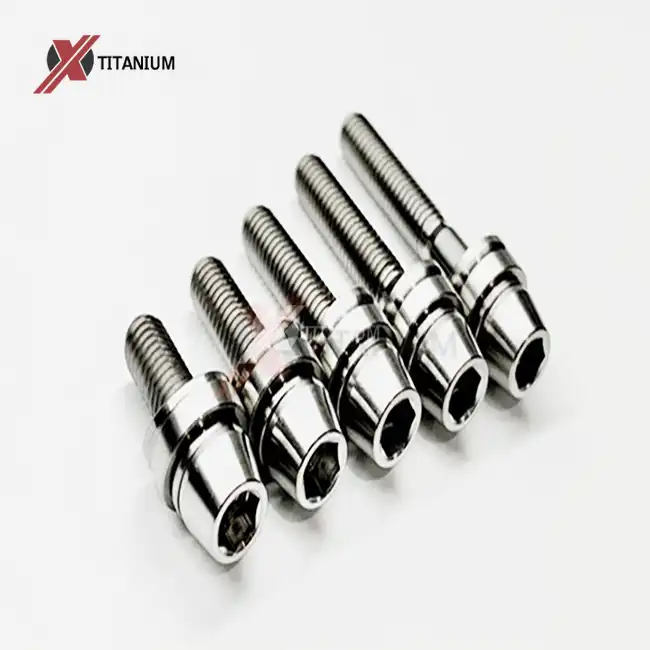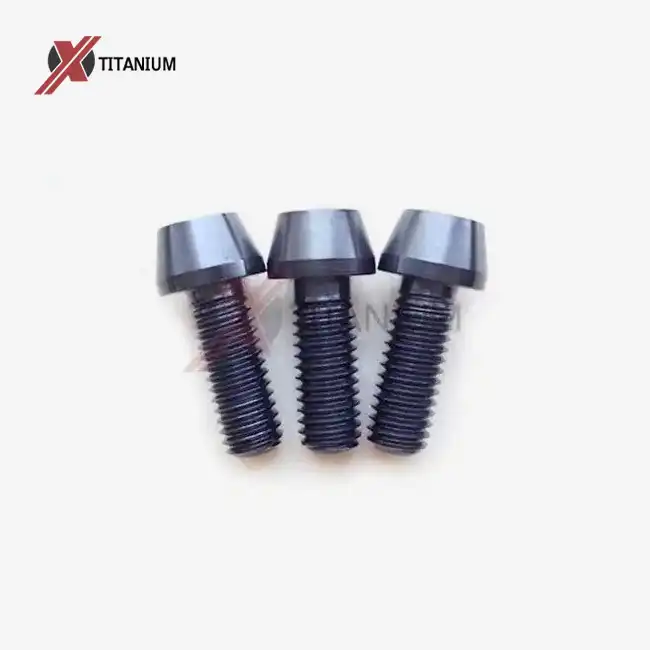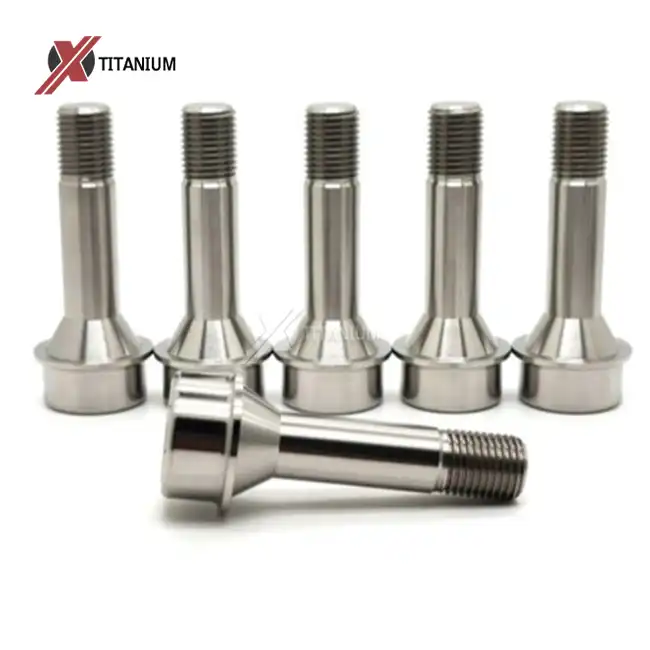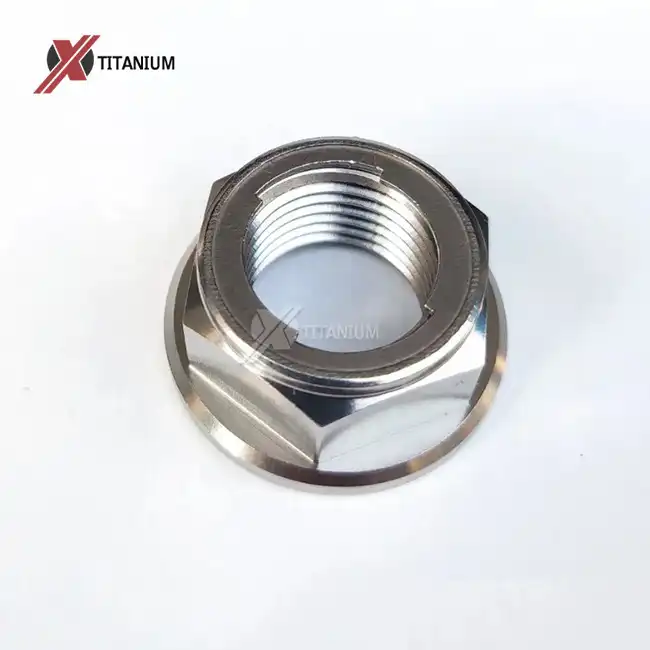- English
- French
- German
- Portuguese
- Spanish
- Russian
- Japanese
- Korean
- Arabic
- Greek
- German
- Turkish
- Italian
- Danish
- Romanian
- Indonesian
- Czech
- Afrikaans
- Swedish
- Polish
- Basque
- Catalan
- Esperanto
- Hindi
- Lao
- Albanian
- Amharic
- Armenian
- Azerbaijani
- Belarusian
- Bengali
- Bosnian
- Bulgarian
- Cebuano
- Chichewa
- Corsican
- Croatian
- Dutch
- Estonian
- Filipino
- Finnish
- Frisian
- Galician
- Georgian
- Gujarati
- Haitian
- Hausa
- Hawaiian
- Hebrew
- Hmong
- Hungarian
- Icelandic
- Igbo
- Javanese
- Kannada
- Kazakh
- Khmer
- Kurdish
- Kyrgyz
- Latin
- Latvian
- Lithuanian
- Luxembou..
- Macedonian
- Malagasy
- Malay
- Malayalam
- Maltese
- Maori
- Marathi
- Mongolian
- Burmese
- Nepali
- Norwegian
- Pashto
- Persian
- Punjabi
- Serbian
- Sesotho
- Sinhala
- Slovak
- Slovenian
- Somali
- Samoan
- Scots Gaelic
- Shona
- Sindhi
- Sundanese
- Swahili
- Tajik
- Tamil
- Telugu
- Thai
- Ukrainian
- Urdu
- Uzbek
- Vietnamese
- Welsh
- Xhosa
- Yiddish
- Yoruba
- Zulu
Why Are Titanium Knurled Bolts Revolutionizing Modern Engineering Fastening Systems?
In the constantly evolving landscape of advanced engineering and high-performance manufacturing, materials and design are under relentless scrutiny. Titanium knurled bolts, once a niche solution reserved for highly specific aerospace and medical uses, are now emerging as a mainstream fastener choice across multiple industries. Their unique blend of superior material properties, ergonomic design, and mechanical advantages have earned them widespread attention from engineers, product developers, and industrial designers alike.
As global industries push for better performance, lightweight solutions, and reliability under extreme conditions, fasteners like titanium knurled bolts are gaining traction for their ability to meet stringent requirements while outperforming traditional options. This article explores why titanium knurled bolts are rapidly becoming a go-to solution, comparing them with other materials, examining their high-stress performance, and uncovering their synergy with titanium flange bolts in structural applications.
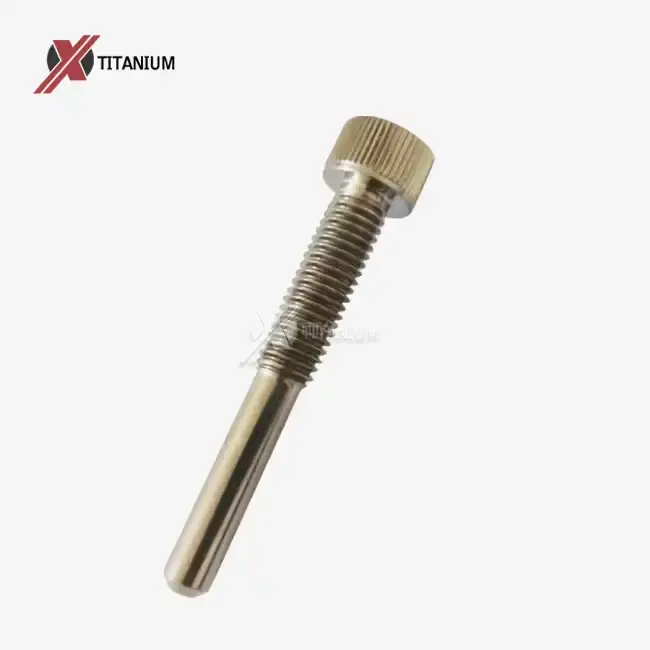
What Makes Titanium Knurled Bolts a Preferred Choice Over Stainless Steel and Aluminum?
Fastener selection often comes down to a balance between weight, strength, corrosion resistance, cost, and application-specific requirements. Titanium knurled bolts stand out because they manage to deliver exceptional performance in almost every category.
1. Superior Strength-to-Weight Ratio
Titanium is approximately 45% lighter than steel and still offers comparable tensile strength. This makes titanium knurled bolts the ideal choice for industries like aerospace, motorsports, and cycling, where every gram counts but structural integrity cannot be compromised. Aluminum bolts may be lightweight but suffer from lower strength and a tendency to deform under repeated loads.
For instance, in aerospace brackets or satellite components, titanium bolts offer not just a weight advantage but also durability that outlasts aluminum by several operational cycles.
2. Corrosion Resistance in Extreme Conditions
Titanium’s passive oxide layer enables it to withstand aggressive chemical environments, from marine saltwater exposure to acid-based industrial processes. Stainless steel bolts can corrode, especially when exposed to chloride ions or high humidity, leading to weakening over time. Aluminum fares worse, with pitting and galvanic corrosion becoming serious risks when paired with dissimilar metals.
Titanium knurled bolts are the preferred option for applications that operate in or near corrosive environments, such as underwater robotics, naval defense systems, and chemical handling systems.
3. Design and Ergonomic Handling Benefits
The knurled texture isn’t just for looks—it’s a performance-enhancing feature that significantly improves manual handling and grip. This is particularly helpful during hand-tightening or fine adjustments without the need for tools. Technicians working in confined spaces or wearing gloves can quickly secure titanium knurled bolts with greater confidence and precision than standard hex heads.
Compare that to smooth-surfaced bolts or recessed hex types, which may slip, strip, or require specialty tools to engage properly.
4. Material Stability and Longevity
Aluminum deforms over time, especially under high load or in cyclic fatigue conditions. Stainless steel may suffer from embrittlement in cryogenic applications. Titanium maintains its form and mechanical properties across a broad spectrum of temperatures and pressures. A titanium knurled bolt installed today may still be reliable decades later—a critical attribute in space-bound hardware or medical devices.
How Do Titanium Knurled Bolts Perform in High-Vibration and High-Stress Environments?
One of the most rigorous tests of a fastener’s performance is its response to sustained vibration, sudden impact, or ongoing stress. Titanium knurled bolts excel in these areas, making them vital in dynamic systems.
1. Vibration Resistance Through Surface Design
The knurled design offers natural anti-loosening characteristics. The textured pattern creates micro-friction at the mating surfaces, which helps resist loosening from vibration or thermal cycling—common issues in aircraft fuselage panels, race car chassis, and heavy machinery.
Titanium's inherent stiffness and damping properties also reduce resonance and movement at the joint, protecting against fatigue-related loosening.
2. Stress Endurance in Load-Bearing Systems
Despite being lighter than steel, titanium has a tensile strength of over 950 MPa in its commercially pure form—and up to 1400 MPa in alloyed grades like Ti-6Al-4V. This makes it exceptionally suited for use in load-bearing applications where high clamp forces are needed without introducing excessive weight.
In high-speed rail components or earthquake-resilient structural systems, titanium knurled bolts serve not only as fasteners but as key load-transfer elements.
3. Consistent Performance Across Temperature Extremes
Titanium bolts retain their strength at temperatures ranging from sub-zero (cryogenic) to over 600°C. This stability is critical in environments like jet turbines, industrial exhaust systems, and spacecraft electronics—where thermal expansion mismatch can lead to bolt failure if materials aren’t properly matched.
Knurled bolts made from titanium ensure that joints remain tight and stable, even through repeated thermal expansion and contraction cycles.
Can Titanium Knurled Bolts and Flange Bolts Be Used Together in Load-Bearing Applications?
While knurled bolts and flange bolts serve different mechanical purposes, their use together in integrated assemblies can yield exceptional results.
1. Optimizing Load Distribution and Torque Control
Titanium flange bolts are excellent for distributing clamping force over a wider area, which prevents stress risers and damage to sensitive substrates. Titanium knurled bolts offer precision engagement and vibration resistance. Used together, they combine torque consistency with structural integrity.
Take, for example, a suspension mount on a high-performance motorcycle: flange bolts might anchor the core assembly, while knurled bolts secure adjustable components such as dampers or height regulators.
2. Improving Assembly Modularity
Modern equipment increasingly relies on modular design for easier maintenance and component replacement. Titanium flange bolts provide secure, permanent fixtures, while knurled bolts enable quick access to serviceable parts.
In medical imaging systems or military communication arrays, this modularity reduces downtime and enhances reliability.
3. Structural Redundancy in Safety-Critical Assemblies
In mission-critical systems—think aircraft landing gear or offshore drilling platforms—it is common practice to introduce redundancy in fasteners. Titanium flange bolts can act as primary load bearers, while titanium knurled bolts may serve as backup retention devices. This design philosophy prevents catastrophic failure in case of a single bolt malfunction.
The Rising Demand for Titanium Fasteners in Future Technologies
The growing adoption of green technologies, autonomous systems, and lightweight transportation has opened the door to further innovation in fastening systems. Titanium knurled bolts are becoming an integral part of that future.
-
In renewable energy, particularly offshore wind turbines, the need for corrosion-resistant and lightweight components is accelerating demand for titanium fasteners.
-
In electric vehicles (EVs), titanium fasteners help offset battery weight while providing strong, heat-resistant joints.
-
In medical robotics, titanium knurled bolts are ideal for precision movement and bio-safe contact surfaces.
Moreover, industries are starting to recognize the long-term cost benefits of titanium, despite its higher initial cost. Reduced maintenance, longer service life, and decreased risk of mechanical failure often justify the investment.
Conclusion
Titanium knurled bolts represent a confluence of material science, mechanical design, and performance optimization. As modern industries demand faster, lighter, stronger, and more reliable solutions, the role of advanced fasteners is becoming more critical than ever.
Whether you're designing the next generation of aerospace hardware, building a marine exploration device, or crafting high-performance sporting equipment, titanium knurled bolts offer unmatched advantages. Their synergy with titanium flange bolts, high-stress reliability, and superior material characteristics position them as one of the most promising fastener solutions available today.
Engineers and designers seeking to future-proof their assemblies should look no further than titanium—where precision meets performance.
References
-
Lin, Q., & Freeman, D.T. (2022). "Innovations in Titanium Fastening Systems for Aerospace Applications". Journal of Structural Materials, 37(4), 301–318.
-
Clarke, B.E., et al. (2021). "The Mechanical Behavior of Titanium Alloys in High-Vibration Systems". Journal of Engineering Materials and Technology, 143(6), 1125–1138.
-
Evans, H.S., & Wu, L. (2020). "Advanced Fastener Design for Modular Medical Devices". Biomedical Engineering Research, 18(2), 204–219.
-
Kumar, N., & Harrison, J.P. (2023). "Corrosion Fatigue Resistance of Titanium Fasteners in Offshore Wind Installations". Marine Structures Engineering, 22(1), 77–95.
-
Ford, A.L., & Nakamura, R. (2019). "Load Distribution Characteristics of Flange and Knurled Bolts in High-Performance Vehicles". International Journal of Vehicle Design, 82(3), 210–234.
Learn about our latest products and discounts through SMS or email
